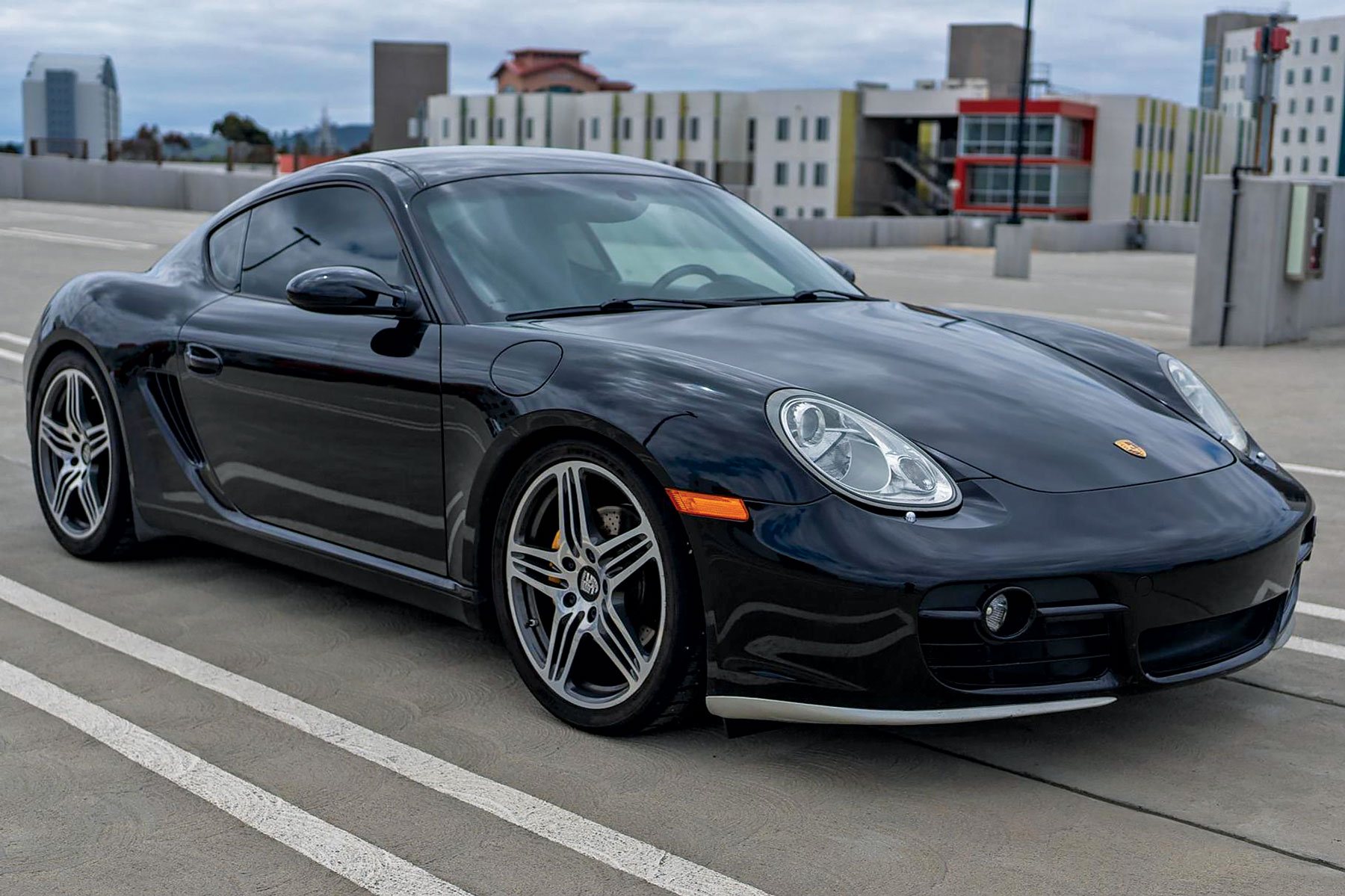
When the next-generation Porsche Cayman arrives in roughly a year’s time, it and the new Boxster will both be fully electric vehicles. You read that right: Internal-combustion engines will no longer power Porsche’s mid-engine sports cars. That makes it a great time to look back at the now-affordable first-generation Cayman, […]